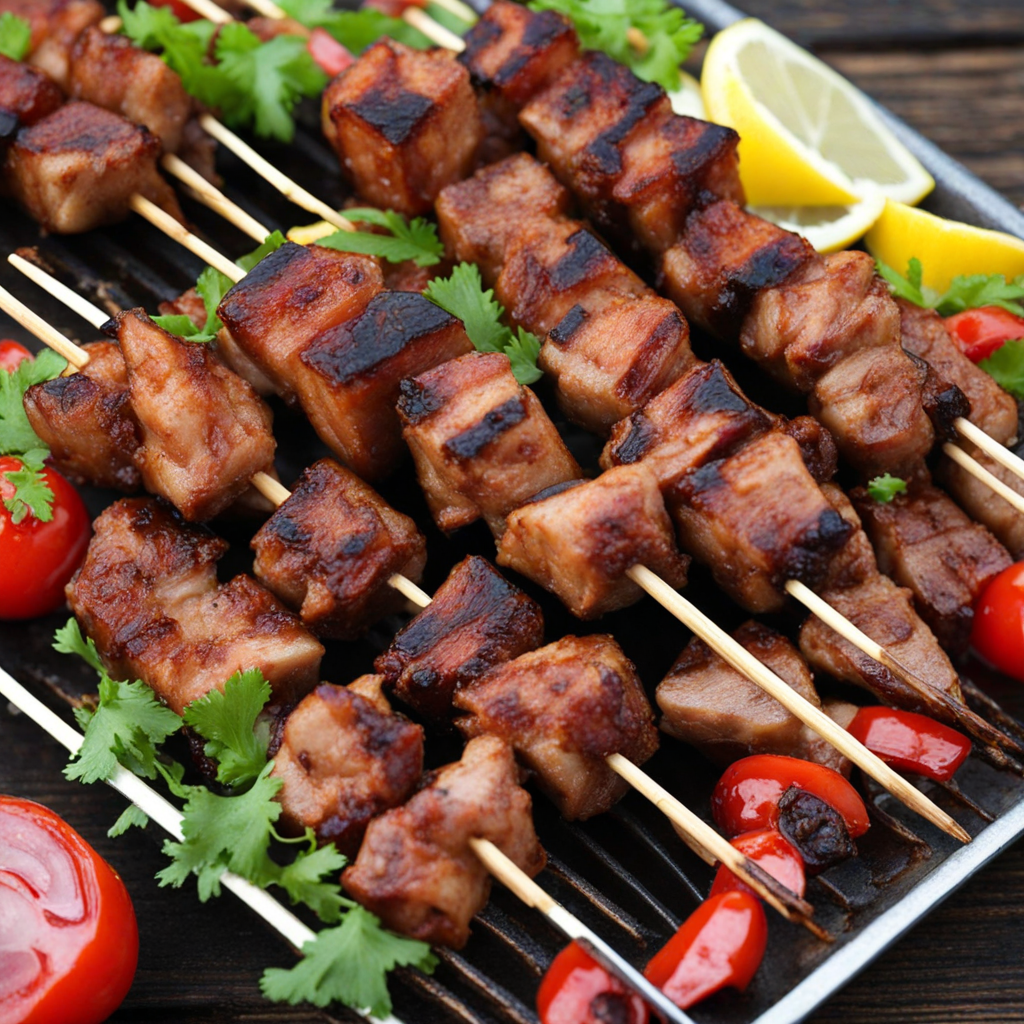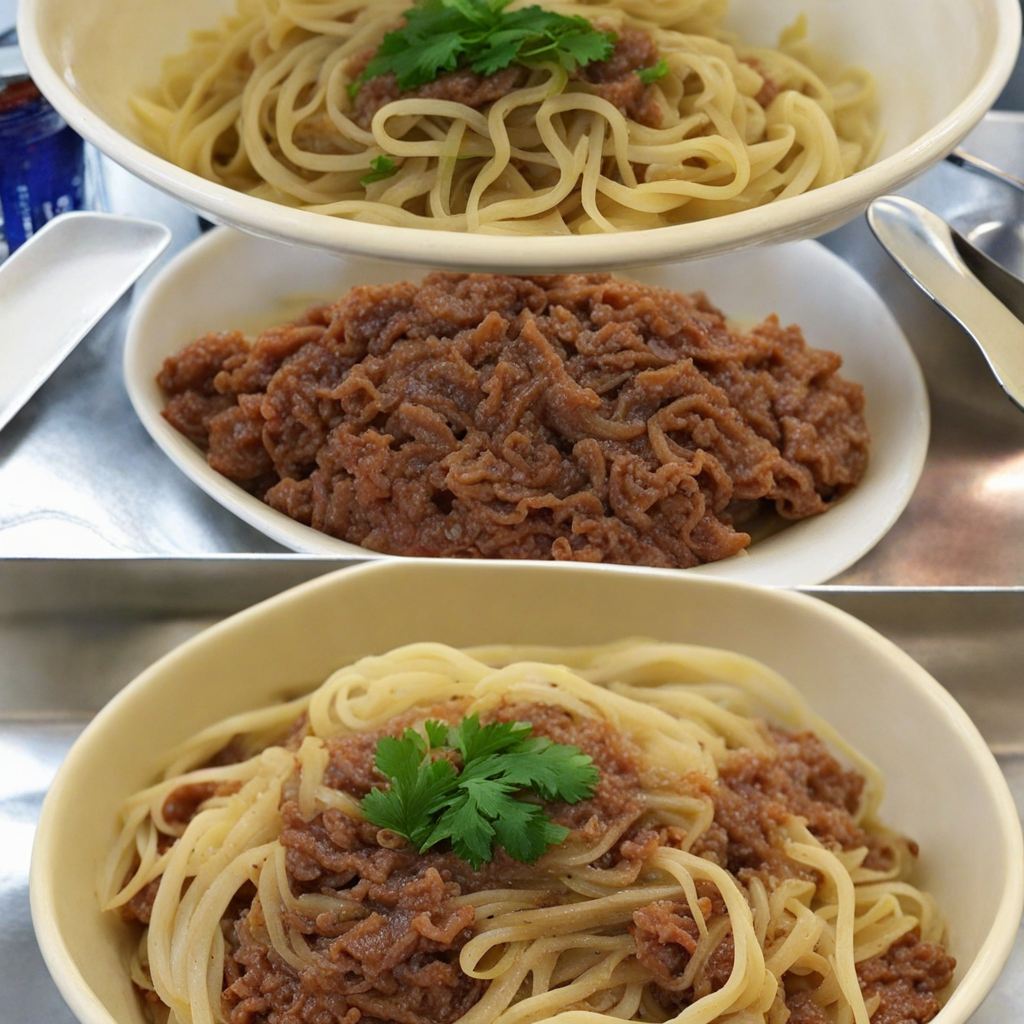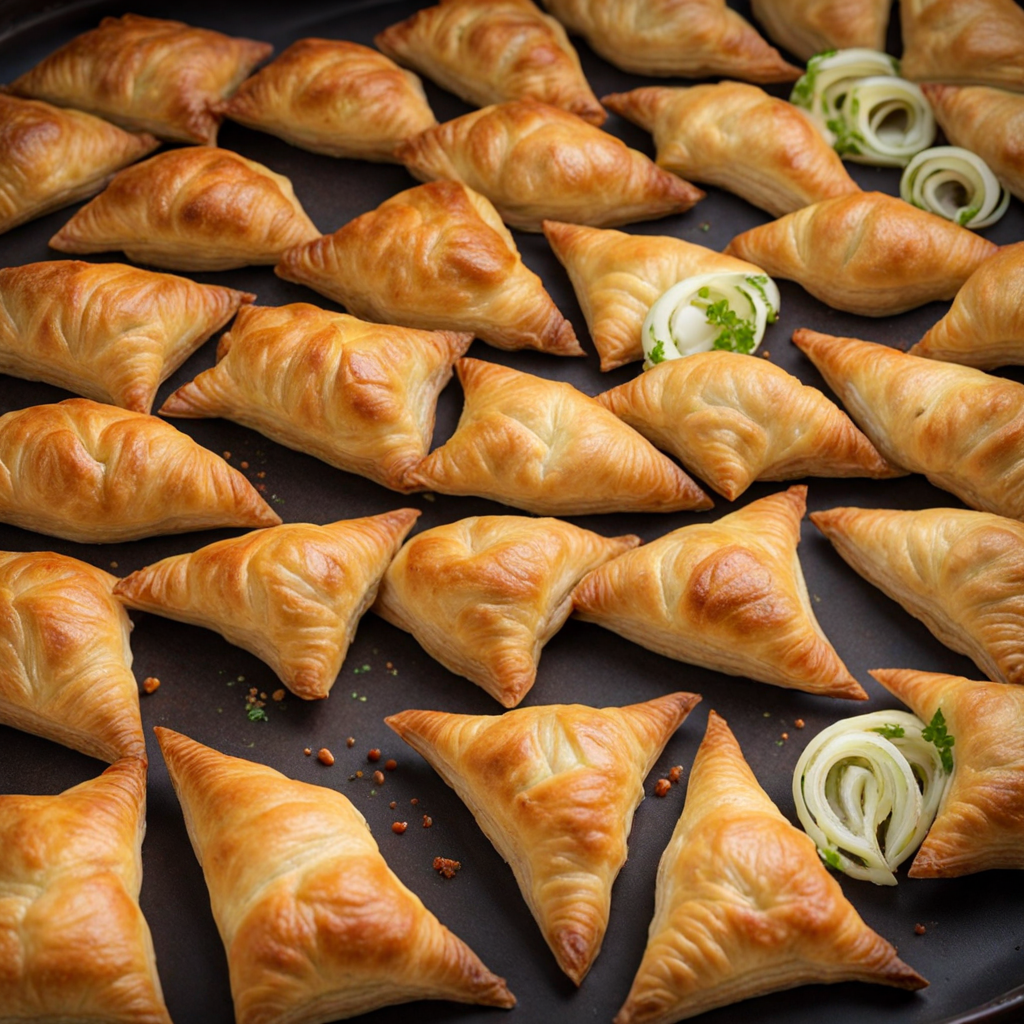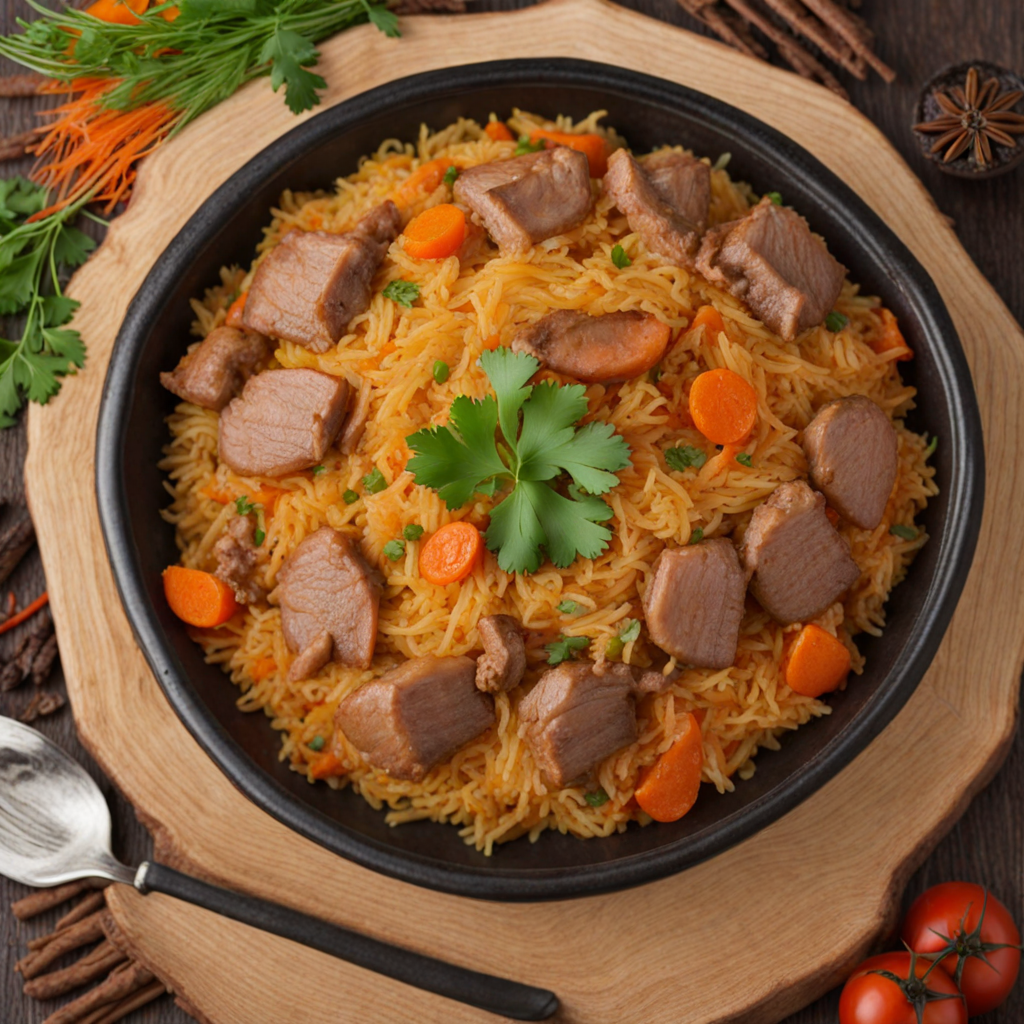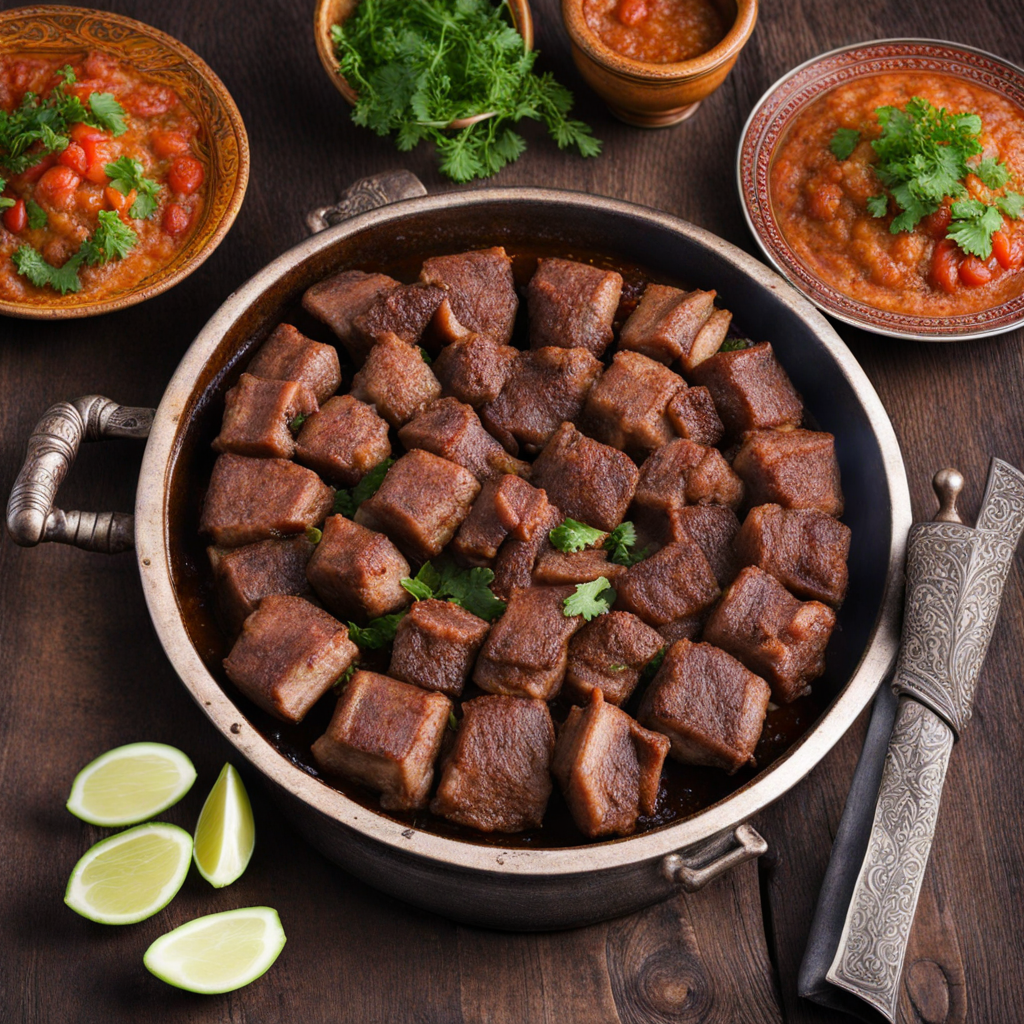Shashlik
Shashlik, a beloved dish hailing from Uzbekistan, is a tantalizing skewered meat delicacy that embodies the essence of Central Asian cuisine. Traditionally made with marinated chunks of lamb, beef, or chicken, the meat is infused with a blend of spices that may include cumin, coriander, and garlic. The marination process is key, as it tenderizes the meat while also allowing the rich flavors to seep in, creating a savory experience that is both hearty and aromatic. Once marinated, the meat is threaded onto skewers, often interspersed with colorful pieces of bell peppers, onions, or tomatoes, adding both flavor and visual appeal to the dish. Cooking shashlik is an art form in itself. The skewers are typically grilled over open flames or hot coals, which gives them a delightful char and smoky flavor that complements the succulent meat. The grilling process not only enhances the taste but also creates a beautiful caramelization on the surface, sealing in the juices and ensuring each bite is bursting with flavor. The result is a dish that is not only visually stunning but also incredibly satisfying, making it a staple at family gatherings and celebrations in Uzbekistan. Served with fresh flatbreads, such as lepyoshka, and a side of tangy sauces or pickled vegetables, shashlik is designed for sharing and enjoyment. The combination of textures and flavors—from the tender, juicy meat to the crispy edges and the zesty accompaniments—creates a harmonious dining experience. Each bite transports you to the bustling markets and festive gatherings of Uzbekistan, where shashlik is more than just a meal; it is a celebration of community, culture, and the joy of good food.
How It Became This Dish
The History of Шашлык: A Culinary Treasure of Uzbekistan #### Origins Шашлык, known as shashlik in various cultures, is a dish that evokes the warmth of communal gatherings, the smoky scent of grilled meats, and the rich tapestry of Central Asian culinary traditions. Its roots trace back to the nomadic tribes of the steppes of Central Asia, particularly in what is now Uzbekistan. The term "shashlik" itself is derived from the Persian word "shash" meaning "six"—a possible reference to the six pieces of meat traditionally skewered on a stick or to the six different types of meat that could be used in preparation. The nomadic lifestyle of the early inhabitants of these vast plains necessitated cooking methods that were practical and efficient. Grilling meat over an open flame was not only a means of preparing food but also a way to preserve it. The discovery of fire and the advent of skewering meat allowed for a communal cooking experience, where families and friends would gather around the fire, sharing stories and laughter, thus embedding shashlik into the social fabric of Uzbek life. #### Cultural Significance Shashlik is more than just a meal; it is a cultural icon in Uzbekistan. The dish is often associated with hospitality, celebration, and tradition. It is a staple at festive gatherings, weddings, and family reunions, where it symbolizes unity and the joy of sharing. When hosting guests, Uzbeks take pride in offering shashlik, a gesture that conveys respect and generosity. The preparation of shashlik often involves a meticulous process, reflecting the deep-rooted cultural practices of Uzbekistan. The marination of meat, often lamb or beef, is a ritual in itself, with various spices, onions, and vinegar being used to enhance the flavors. This marination process not only tenderizes the meat but also allows it to absorb the rich flavors that are characteristic of Central Asian cuisine. In traditional Uzbek culture, the act of cooking shashlik is communal. Family members often gather to prepare the meal, with roles assigned according to age and experience. The younger generation learns from the elders, ensuring that the traditions are passed down through generations. This passing of knowledge is essential in maintaining the cultural heritage surrounding shashlik and its preparation. #### Development Over Time As time progressed, shashlik evolved with the influence of various empires and cultures that traversed the region. The Silk Road, which ran through Uzbekistan, facilitated cultural exchanges that introduced new ingredients and cooking techniques. Persian, Turkic, and even Russian influences can be seen in the variations of shashlik that emerged throughout the years. During the Soviet era, shashlik gained popularity not only in Uzbekistan but also across the Soviet Union. It became a common dish at picnics and outdoor gatherings, often prepared on makeshift grills in parks and countryside. The Soviets standardized some aspects of shashlik preparation, although the heart of the dish remained steeped in local traditions. Street vendors began to offer shashlik in urban areas, making it accessible to a broader audience and introducing it to those unfamiliar with its rich history. In recent years, shashlik has experienced a resurgence, both in Uzbekistan and internationally. As global interest in Central Asian cuisine grows, chefs and home cooks are rediscovering the depth and versatility of this beloved dish. Contemporary interpretations of shashlik are appearing in restaurants around the world, with chefs experimenting with different marinades, meats, and cooking techniques while still honoring the traditional methods. #### The Modern Shashlik Experience Today, shashlik is typically grilled over an open flame or on a charcoal barbecue, imparting a distinct smokiness that is the hallmark of the dish. While lamb remains the most popular choice, modern variations include chicken, pork, and even fish, catering to diverse palates and dietary preferences. The meat is often served alongside traditional accompaniments, such as flatbreads (like lavash), fresh salads, and a variety of sauces, including spicy adjika or tangy garlic sauce. In Uzbekistan, shashlik is often enjoyed during the spring and summer months, particularly during the Navruz holiday, which marks the Persian New Year and celebrates the arrival of spring. During this time, families and friends gather outdoors, where shashlik takes center stage in lavish feasts. The vibrant atmosphere, filled with music, dance, and laughter, highlights the importance of community in Uzbek culture. Moreover, shashlik transcends its culinary boundaries; it represents the resilience and adaptability of Uzbek culture. It is a dish that tells the story of a people who have survived invasions, migrations, and political upheaval, preserving their identity through the simple act of cooking. The communal aspect of preparing and sharing shashlik reflects the values of hospitality, friendship, and togetherness that are central to Uzbek society. #### Conclusion In conclusion, shashlik is not just a dish; it is a celebration of life, culture, and history. From its origins among nomadic tribes to its status as a beloved national dish, shashlik has woven itself into the very fabric of Uzbek identity. As it continues to evolve and adapt to contemporary tastes, shashlik remains a powerful symbol of heritage, community, and the enduring bond between food and culture. As you savor a bite of shashlik, remember that you are partaking in a culinary tradition that spans centuries and embodies the spirit of Uzbekistan—where every skewer tells a story, and every gathering over grilled meats is a testament to the joy of sharing life’s moments with loved ones.
You may like
Discover local flavors from Uzbekistan



